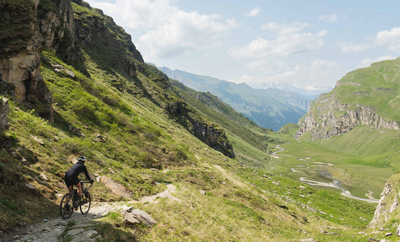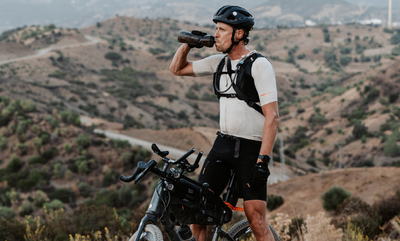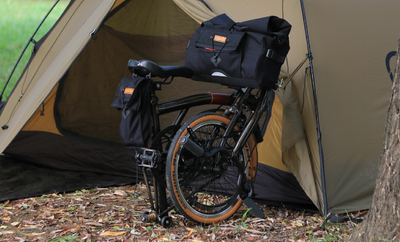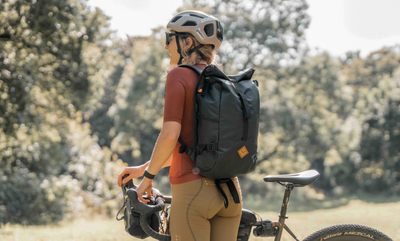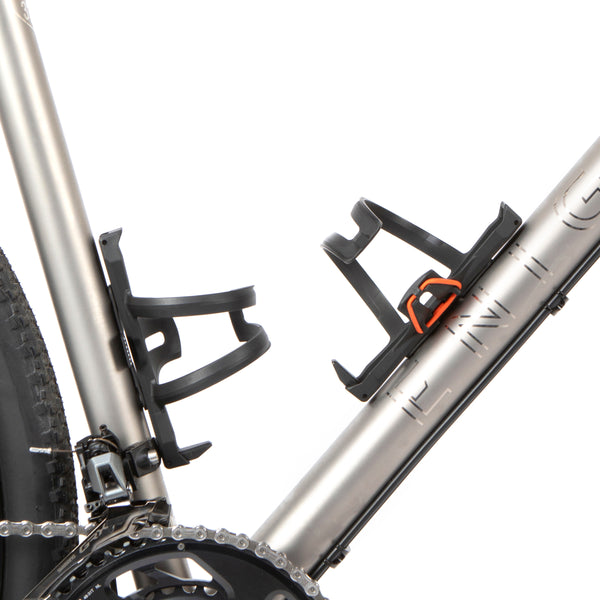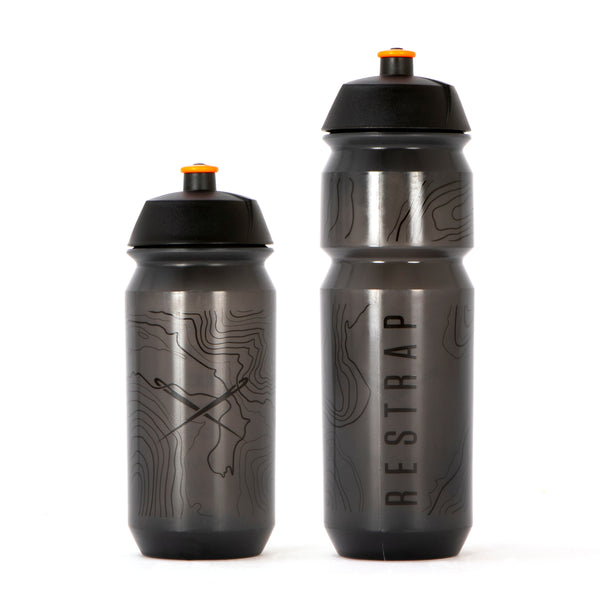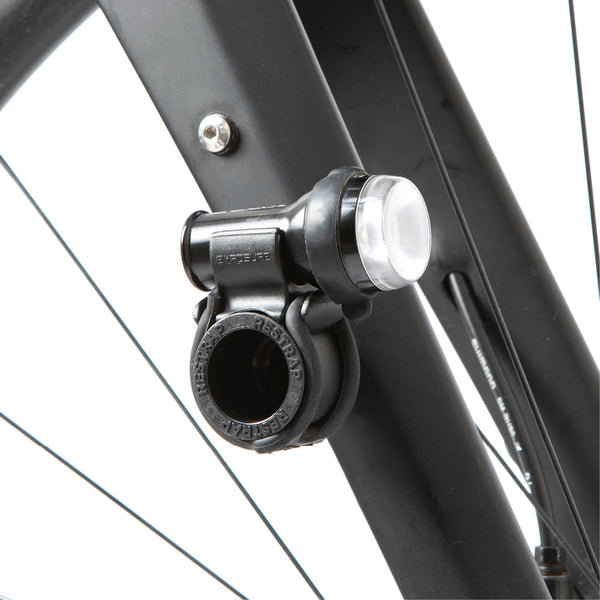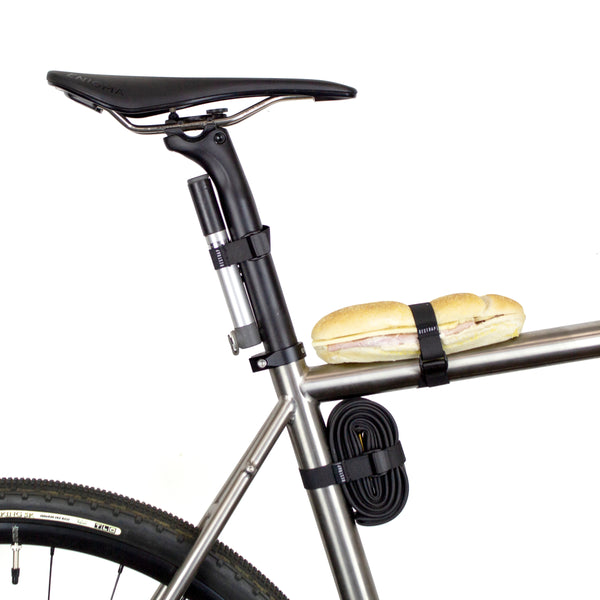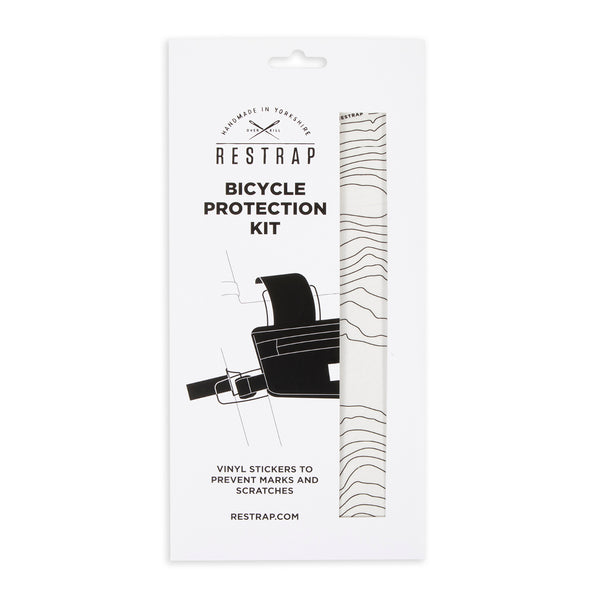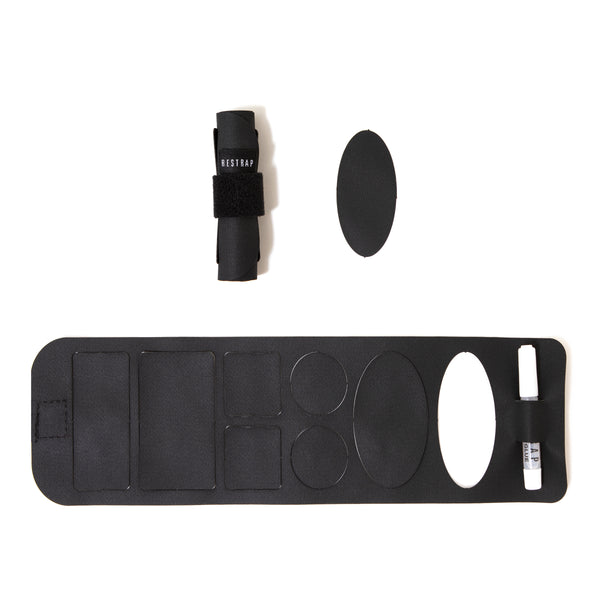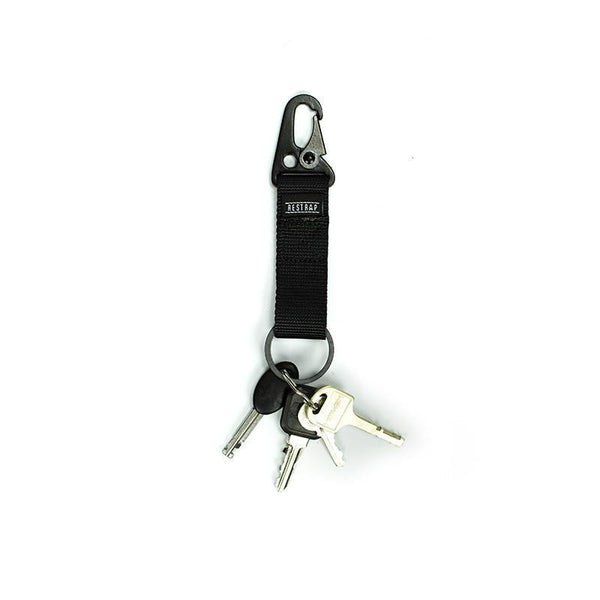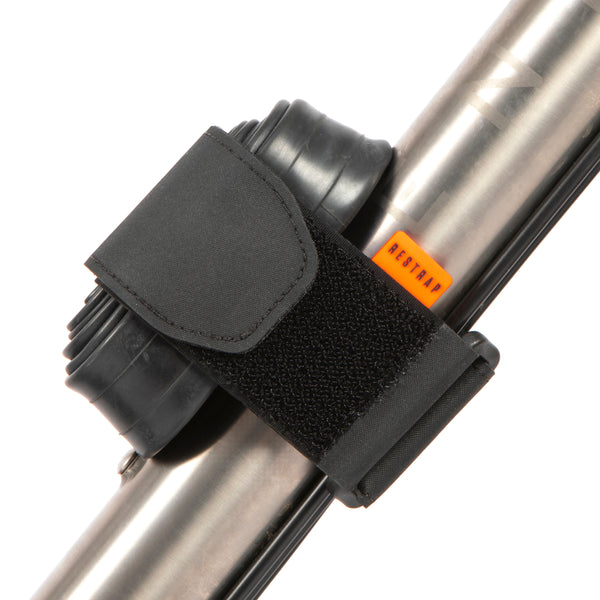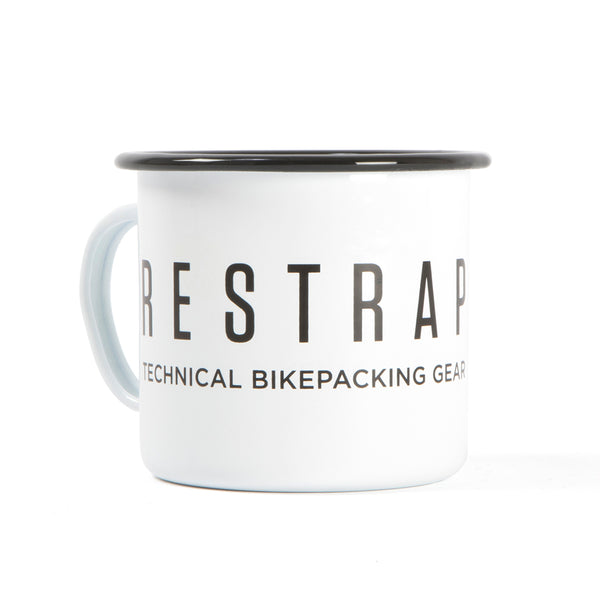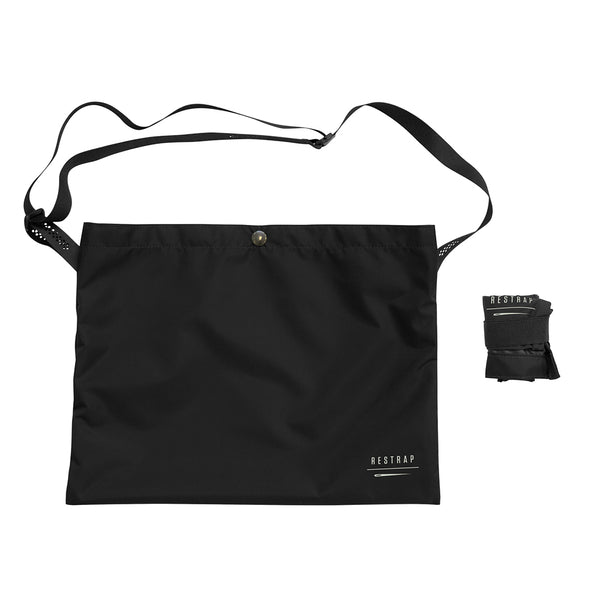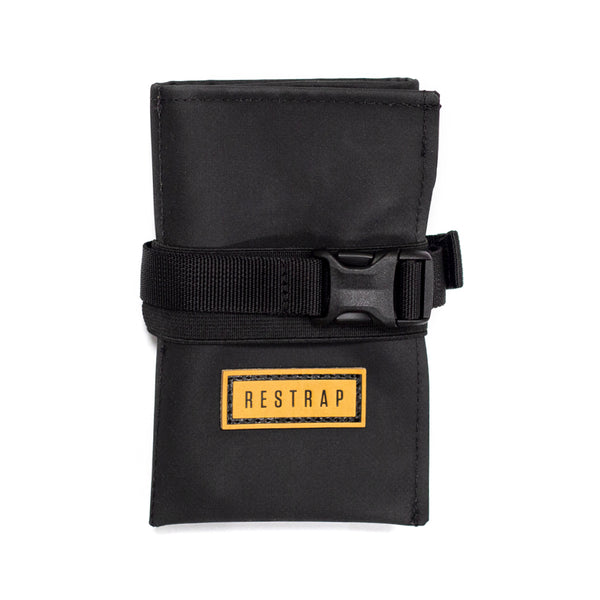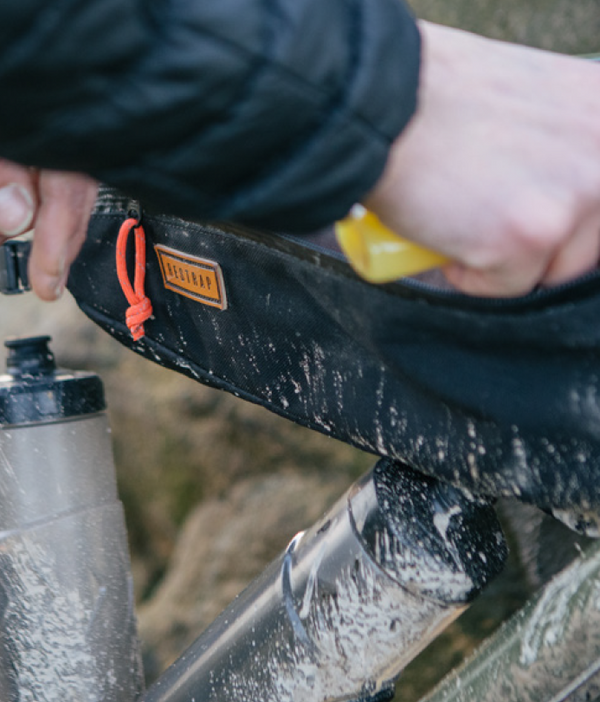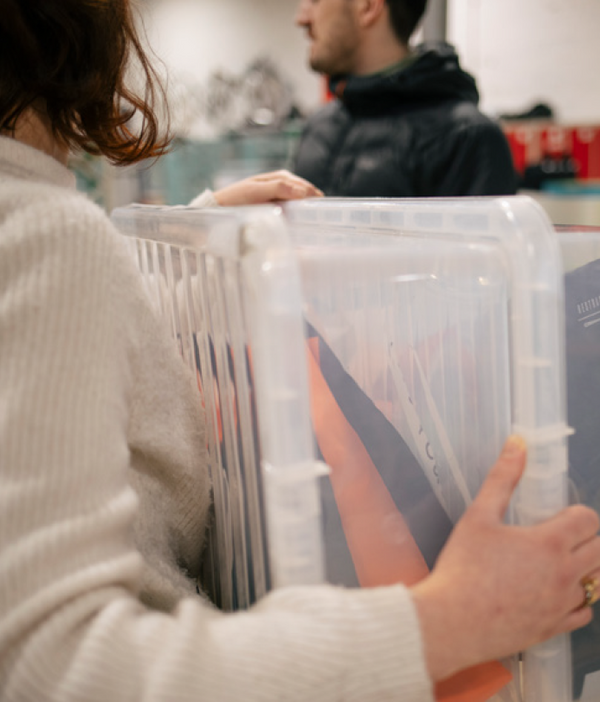Your cart is empty!
Addiction to Altitude

"Is it hard?” asked Linnet. I answered firmly with conviction:” No!” Thinking back the 3 years that I have been to Tibet, discovering the routes, riding them repeatedly to experience as a first timer then scrutinize the route and the logistics with my local team. I know first hand, in fact I was lying.
As a Singaporean, born and raised on an island country, the only mountain I knew before relocating to Shanghai 14 years ago was Mount Faber, the highest natural peak standing at 105m above sea level. Since I started road biking, there was an obsession with adventure, the outdoors and elevation.
Climbing has always played a big part of my adventures, like meditation, I could clear my mind, stay focused and I could cycle to the rhythm of my heartbeat. The euphoria I get at the top is a weird mixture of pain and laughter.
There is always a sense of mystery about Tibet. The landscapes stark and unforgiving, the warm people and the religion shrouded in a lot of mystic. The more I explore Tibet, the more I ended up learning about myself than about the mountains. I cannot help but appreciation that when I feel the pain in my legs and the struggle for every breath that I am alive.

Last autumn, together with my teammate Josh Bauer we led 15 cyclists on an adventure that is beyond EPIC! 800km of riding with ever-changing weather conditions, we rode from -5 to 30 degrees Celsius and cycled on roads 5264m above sea level. The elements were harsh but we were not here to pamper ourselves are we?
“Don't rush, take your time and breath slowly. In 3 hours time, you will experience a lingering headache.” The first thing I told the team when we arrived in Nyingchi, the lowest part of Tibet, 2800m above sea level.
“Tah-shi de-leh” Lhakpa welcomed us upon arrival, as he placed the khata, a ceremonial scarf around our necks symbolizing purity and compassion. As we set up the bikes I started handing out Diamox to the crew to reduce the effects of altitude sickness.

The sun didn't rise until 0730hrs, outside temperature was pretty close to 0 degrees Celsius. we were hoping for some sun and then it started to drizzle. The low lying clouds and the dense forestation had everything set up for a long lasting rain.

After debrief, the support vehicles headed out and our riders were released. First climb was to the top of Sejila Pass, a 35km ride to the top and an elevation of 1200m which puts us briefly at 4565m.


At the top we met a few locals who had been cycling for almost two weeks, their journey to Lhasa is expected to take another two weeks. A group photo for good luck and off we go! The rain stopped as soon as we started our descend to Nyingchi.

The locals wonder close and you could hear them saying: “Laowai! Laowai! (foreigner)” they were wondering why the hell we were doing riding up and down the pass on a bicycle. It was ridiculous to them.

By the 3rd day, the symptoms of altitude sickness subsided. With 20-30% less oxygen we had to make do with much lower heart rates that we were used to. The landscapes shifted from dense forest to sparse shrubs. I couldn't have imagined if we were here a month early where it was raining all the time. The risk of landslides simply made it too dangerous for such a big group.


Not all meals stops are as planned and during this trip we found a couple of pretty awesome refueling points. The restaurants at times are makeshift shipping containers parked by the highway, they don't look pretty but they can serve a very delicious Niu Rou Pao Mo, dough bread dipped in beef soup.

After leaving the comfort of Lhasa, we departed for more adventure on day 5 for one of the nicest climb in Tibet, Khampa La Pass. The ride was 40km to the top but we had to climb close to 1400m. The switchbacks on this climb were simply amazing.




Once we got to the top of Khampa La Pass, the breathtaking view of Yamdrok Lake takes over. With the changes in seasons and the time of day, the water in the lake can change from blue to green. It’s never the same.

Not every day is a climbing day and one of the best days for everyone was descending down 300m over a easy paced 90km ride. This was recovery ride day.



Some days we get to explore the local towns by foot, visited the temples, watched the monks debate and Lhakpa would explain to us the Tibetan way of life.




Looking all sunny but its -5 degrees Celsius and the wind wasn't giving us any chance of warming up.



The dowhill wasn't easy either as the headwind was hitting us from all angles. The gradient on my wahoo showed -3 but I was struggling to keep up with a cruising speed of 28km/h. It felt like I was pushing harder than I was doing up.



After being on the road for 8 days, this is D Day! We woke up at 4am and set off shortly after breakfast and headed out to the top of Jiawula. A descend with over 108 switchbacks. This is one of the descends you would wonder if the switchback would actually end.


Everest looking pretty close now, -5 outside and we were waiting for the sunrise for much needed warmth before the descend down 20km and 108 switchbacks. We put on almost all of our clothes to prevent freezing our asses off.


Prayer wheels for some good karma as we near the completion of our journey to Everest Base Camp.


There’s something magical about these mountains. I arrived in awe and overwhelmed by the majestic view in front of me, for days Everest was a speck in the horizon and finally it’s right in front of me, I could hear the strong gust blowing snow off the tip of the summit, the little cracking sounds now and then, I couldn't hold back my tears. The clouds entered like the curtains of a performance, as Everest bowed and exited the show, our journey has come to an end, the friendship forged on this epic adventure will bind the 17 of us for a long time to come. This is Epic Tibet.

Words and photos by Ken Goh














